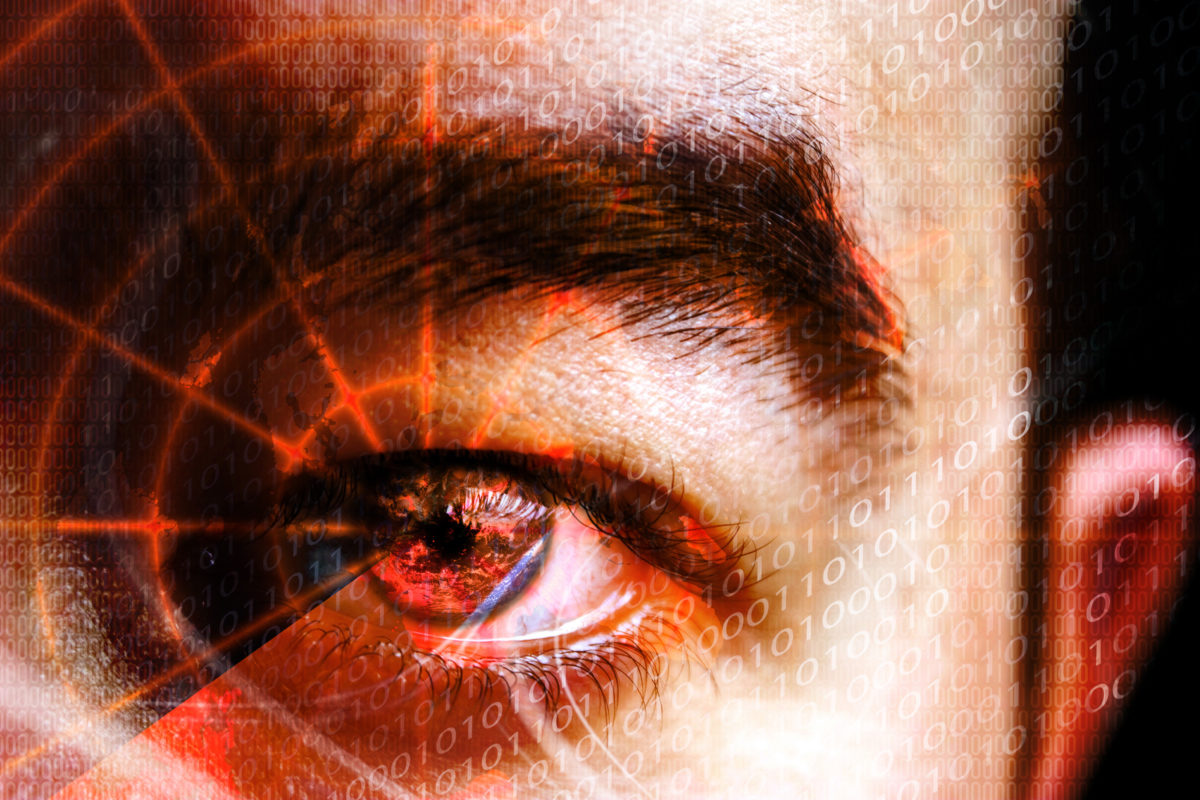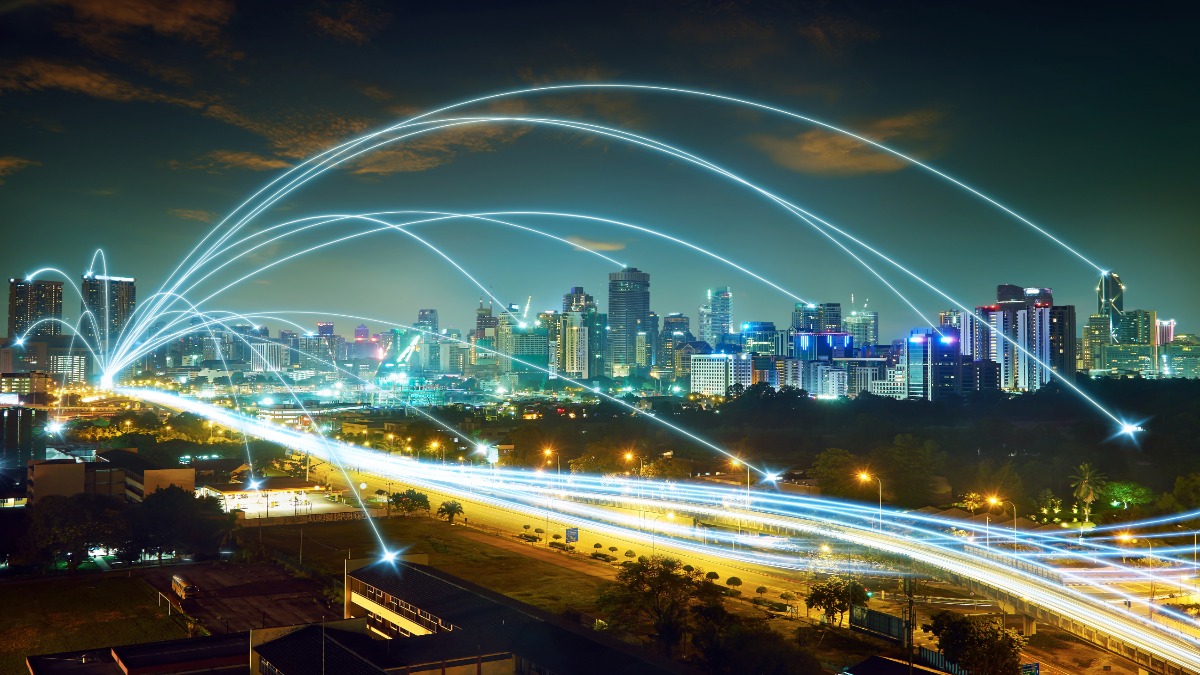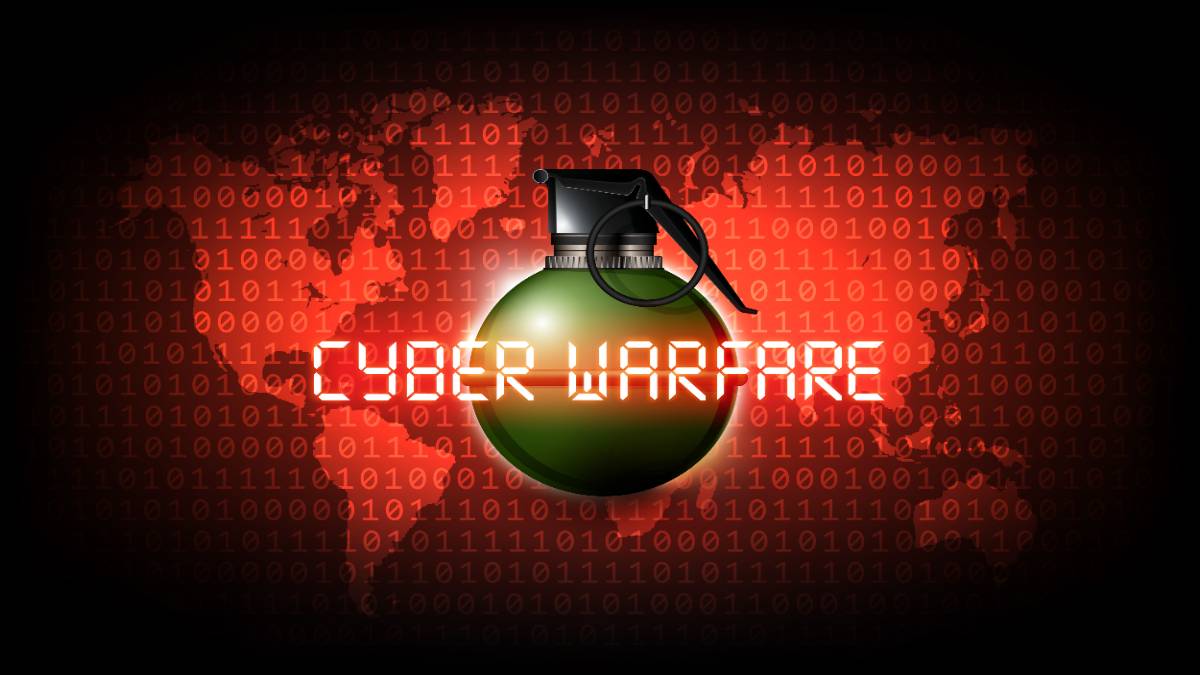Energy Sector Intrusion Detection is complicated and delicate and necessary to maintain our power grid. The Energy Sector provides energy for the world and must be secured and protected. Many detection tools and resources of expert precision are used to ensure the security of these precious resources. Think about it? What do you do on a daily basis that doesn’t involve energy or some type of energy? Enigma Forensics CEO & President, Lee Neubecker and Geary Sikich, Principal at Logical Management Systems, Corp. put your mind at ease and dissect cyber security and intrusion detection systems that are utilized by the Energy Sector.
This is Part 2 in the four-part series on Energy Sector Cyber Insecurity.
Lee Neubecker (LN): Hi, I’m back on the show again with Geary Sikich, thanks for coming back on the show.
Geary Sikich (GS): Thanks for having me back Lee.
LN: So we’re continuing our series discussing about global cyber insecurity as it relates to energy sector. In the second part of the series we’re talking more about detection of compromise. Um Geary, what’re your thoughts in this area?
GS: I believe that there’s a lot to be looked at in terms of the detection aspect, and this is one of the areas where you from a forensic standpoint, provide sort of a critical juncture, what’re you seeing that the general person, and even the general employee of the utility, might not be seeing? And might not be aware of?
LN: Well we know from reports by Dragos Cyber Security firm, that there’s a number of groups, I think around 11 groups are specifically targeting the energy sector. This report just came out this month, so there is a heightened attack readiness requirement to defend against these attacks. And the key thing that organizations need to be doing is they need to know that they have their firewall actively logging, and they need to be looking at those logs.
GS: Those are all state sponsored groups, right?
LN: Well, we don’t know exactly who they are, there could be terrorist cells, the Dragos report doesn’t give attribution as to the entities behind them. They describe the types of attacks, and the character of the attack methods, but there is a number of them that you can check out, there’s a link that will take you to their report if you’re interested in reading it. But you know, often times organizations fall compromised, and they don’t know it, and these things go on for a long time. There was a credit reporting agency attacked recently, for instance.
GS: So from a detection standpoint, the challenge that industries are faced with, cause our focus is going to be on the energy industry, so we’ll get energy industry. In general, the challenge that they face then, is that it’s not just what we perceive could be state sponsored hacking of their systems, it could be individuals, it could be terrorist cells, it could be pretty much anyone with a desire to infiltrate a system whether it’s to do harm, or whether it’s just to see if they can do it
LN: Exactly. The barrier to entry to launching one of these attacks is much lower. It requires knowledge, but the knowledge could be in the head of a teenager, that got rejected at school and wants to take the power out in his town. So that’s a legitimate problem. Now related to detection, I mentioned the firewall logs, there’s a great product out there called, Canary. Have you heard of it?
GS: No, it’s new to me.
LN: Essentially, it’s a company they tell these little devices, you deploy in your network, and they can pretend to be a payroll mass, health care information system storage database, or you can make it be whatever you want. But it’s essentially trying to lure an attacker. So if someone’s in your network, there going to scan your network to look for resources and it will detect people trying to brute force that item. So these items are a great way to have another way of knowing are you compromised. If organizations that had recently been publicly compromised, that didn’t know it for many years had some of these devices in place, they would probably know pretty quickly, like within a day or so, of someone getting through their firewall.
GS: So the challenge then I guess, from a detection standpoint, and the way we’ve seen it, and in discussions with organizations that I’ve worked with. Is that it’s not a single point of penetration that we have to worry about, it’s become multiple points of penetration, and multiple points that are not necessarily hard wired into the operating system. So utilities in a lot of respects have gone out to do with their status systems, monitoring your water usage, or electric usage, all remotely, and you periodically might see a utility vehicle drive by, and they may have a cellular type phone system, that goes by and scans your homes to see what your energy usage is. So those all become a factor. We get into detection in terms of things, we’ve mentioned today shipping is a big issue, and we mentioned with the current situation with Iran, the concern over the Strait of Hormuz, but shipping in general, navigation systems, have been targeted, not only by state actors, but by other groups. So you have navigation systems which is not just water born shipping. Think of where navigation systems are today. Look into your pocket and see your cell phone.
LN: Well we had the recent issue with the Boeing Max airplane, it turned out the sensors were damaged. Well these sensors they’re called MEMS sensors, they’re a combination of electro-mechanical sensors, and if the chip is hit at the frequency that matches the natural frequency of the component board, it can actually cause the chip to malfunction and report erroneous readings temporarily. Or if the frequency matches and it’s of a great enough amplitude it can actually damage the chip. And there hasn’t been much discussions about whether these chips were cyber-attacked but it’s very possible, if you look up University of Michigan, they have research on MEMS chip sensors and interestingly enough, the patent for these sensors was a Boeing patent. So there’s not a lot of talk about that and I think more likely if the chips were damaged, it’s more likely they were damaged while they were on the ground interestingly enough, the two crashes that occurred were in countries that had a lot of terrorist activity.
GS: I think the other aspect with detection is that when you begin to bring out a point like that, people have a tendency to assume durability of systems when systems can be very sensitive to, if you will, shocks, minor shocks to the system. So it’s not necessarily the physical attack, you could take the example recently Puerto Rico has had an earthquake. What damages were incurred by the, on their systems as a result? That are undetected yet. The sensitivity of systems I think has become really critical in a lot of these aspects.
LN: But like with these chips we’re blending mechanical with computer embedded processors. So like these chips think of an opera singer, that sings the natural frequency of a wine glass. If he sings it loud enough, that glass will shatter. It’s the same concept with this chip. You can fire sound at it, if you’re close enough, or if you have a strong enough amplifier, you could fry it. Now that could happen, a drone could potentially launch a sonic attack, someone onboard, a passenger could do it, cleaning crew coming through could do it. So these are some questions that it’s kind of a new paradigm but we even had issues with military aircraft having this uptick in crashes, and these same types of systems are in the newer military helicopters and planes and whatnot. So I think it was good that the military grounded some of these devices that were having these problems, And you know the investigation, I’m sure, continues and the public may not fully be briefed on this, but it is a threat that needs to be detected before people die.
GS: So the real issue with the situation that we’re in, with this kind of global insecurity if you will, is our ability to detect has been I’ll put it in these terms, if our ability to detect has been compromised by virtue of the disruptive technologies that exist that are making detections more and more of a challenge, because they’re becoming more and more subtle in how they entered in the system. So I can have a system that looks like it’s working perfectly, and yet at a point be compromised like the mechanical system that’s supposed to open a valve, and it’s been doing it for a long time, and then suddenly it either leaves it open, or completely shuts it.
LN: This is where it’s important that these entities have an accurate inventory of what their equipment is, and they also have an accurate inventory of the embedded systems and what that software code should look like. And they should have procedures in place to periodically verify that the embedded firmware chips that do these functions haven’t been altered. Otherwise they won’t even know, and something could happen at a very critical time. So that wraps up our section on detection. In our next segment will be talking about helping to protect against these types of attacks.
GS: Great.
Watch the other segments on Cyber Insecurity in the Energy Sector
Learn more about cyber security and data breach from Enigma Forensics.
Check out the government’s directives on cybersecurity as it relates to energy infrastructure.
https://www.energy.gov/ceser/activities/cybersecurity-critical-energy-infrastructure
Check out what ComEd is doing.
https://www.comed.com/SiteCollectionDocuments/SmartEnergy/SmartGridAndDataSecurity.pdf




